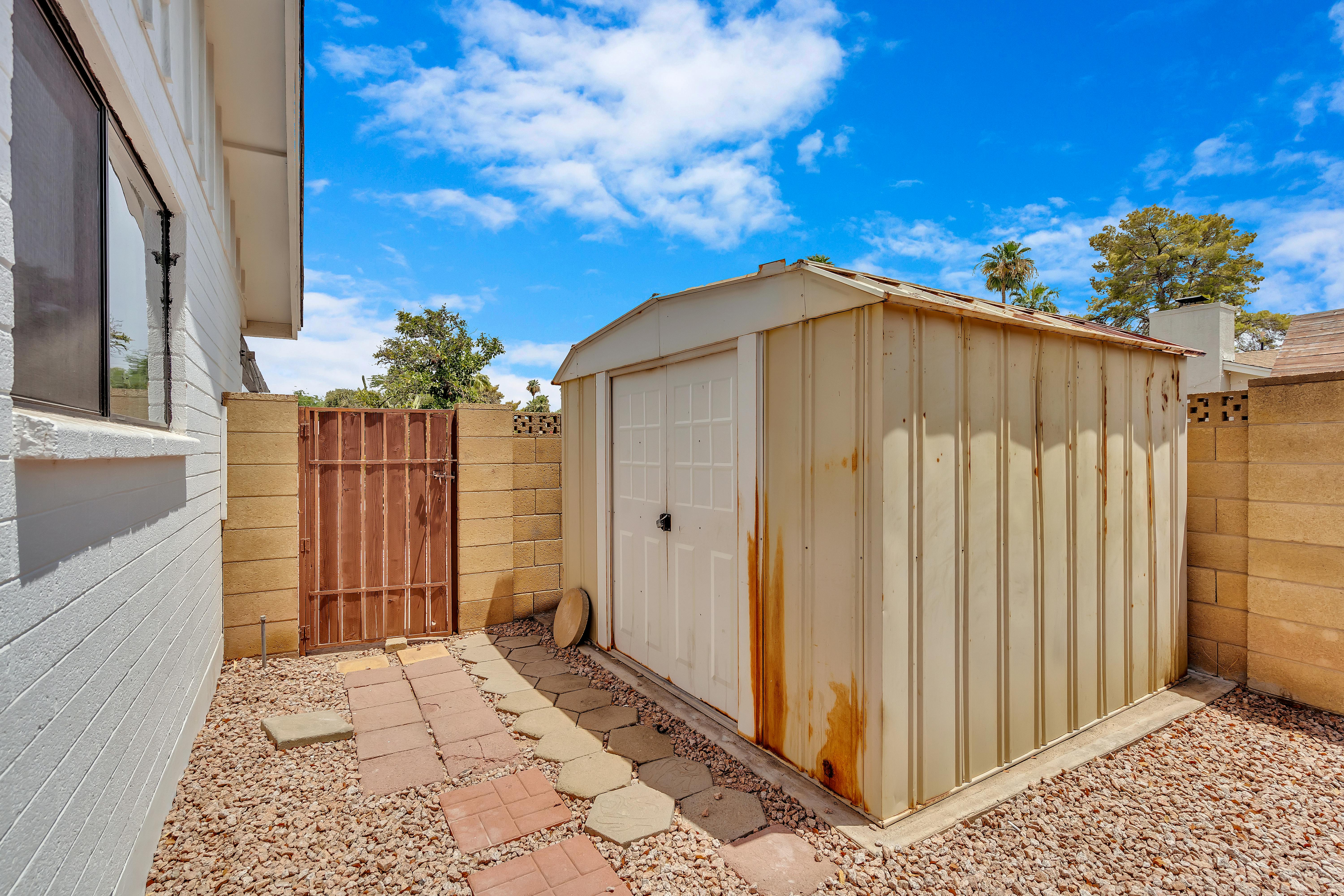Windshields, enclosures and aircraft windows.
Repairs are more manageable when it comes to windshield, enclosure and plastic window repairs on non-pressurized aircraft. For pressurized aircraft, replace or repair plastic windows according to manufacturer’s recommendations. When acrylic windshields and side windows on aircraft are damaged, they are usually replaced, unless the damage is minor and a repair is not in the line of sight. Windshield repairs are typically labor intensive. Replacement parts are readily available, so replacement is often cheaper than repair. You can see from this that ground support equipment design has long sought a solution for acrylic aircraft window refurbishment.
There are times when a windshield can break and safety is not affected. In that case, repairs can be made by drilling out the ends of the crack with a #30 (1/8-inch) drill to prevent stress concentrations from causing the crack to continue. Drill a series of #40 holes 1/2 inch from the edge of the crack 1/2 inch apart and tie through these holes with brass safety wire and caulk with clear silicone to make it waterproof. Diamond cutting head machines have also been developed to cut and remove gouges.
Temporary repairs are also possible. One way to make a temporary repair is to drill out the ends of the crack and then drill 27 holes every inch or so into the crack. Use AN515-6 bolts and AN365-632 nuts with AN960-6 washers on both sides of the plastic. This will hold the crack together and prevent further breaking until the windshield can be properly repaired or replaced.
Design of ground support equipment.
Permanent repairs are now possible using a machine with a special purpose diamond cutting head. Aircraft windshields or side windows with small cracks that affect only the appearance rather than the airworthiness of a pane can be repaired by first drilling out the ends of the crack with a #30 or 1/8-inch drill. Then use a hypodermic syringe and needle to fill the crack with a polymerizable cement such as PS-30 or Weld-On 40 and allow capillary action to fill the crack completely. Soak the end of a 1/8-inch acrylic rod in cement to form a pad and insert it into the drilled hole. Allow the repair to dry for about 30 minutes, then trim the rod flush with the sheet.
Polishing and finishing can be achieved as follows. It is possible, within certain limitations, to remove scratches and repair marks on acrylic plastic. Sanding should be avoided which could adversely affect the optical properties of the plastic and distort the pilot’s vision.
If there are scratches or repair marks in an area that can be sanded, they can be removed by first sanding the area. Use 320 or 400 grit sandpaper wrapped around a felt or rubber pad.
Use circular rubbing motions, light pressure, and a mild liquid soap solution as a lubricant. After completing the sanding, rinse the surface thoroughly under running water. Then, using a 500 grit paper, continue to lightly sand. Continue moving to a higher grit paper and sand and rinse until all sanding or repair marks have been removed. After using the forestry abrasive paper, use rubbing compound and buff in a circular motion to remove all traces of sanding.
Acrylic windshield restoration.
Acrylic windshield restoration can be finished very well and aircraft windows can be cleaned by washing with a mild soap and running water. Rub the surface with your bare hands in a stream of water. Follow the same procedure but with soap and water. After removing soap and dirt, dry the surface with a clean, soft cloth or tissue and polish with a windshield cleaner specially approved for use on clear aircraft plastics. These cleaners can be purchased through aircraft supply houses.
A thin layer of wax will fill any tiny scratches there may be and cause rain to form beads that are easily blown away by the wind.
Acrylic protection for windshield.
Acrylic windshields are often referred to as “lifetime” windshields, to distinguish them from those made of the much shorter-life acetate material. However, even acrylic aircraft windshields must be protected from the ravages of the elements.
When an aircraft is parked in direct sunlight, the windshield will absorb heat and actually get hotter than the interior of the aircraft or the outside air. The sun will make the interior of an enclosed aircraft very hot, and this heat is also absorbed by the plastic windshield.
To protect against this damage, it is advisable to keep the aircraft in a hangar. If this is not possible, some form of shade must be provided to prevent the sun from coming into direct contact with the windshield. Some aircraft owners use a tight-fitting, opaque, reflective cover over the windshield. In many cases, this has done more harm than good. This covering can absorb moisture from the air and give off harmful vapors, and if it touches the surface of the plastic it can cause hairline cracks or cracks in the windshield. Another danger in using such a cover is that sand can explode under the cover and scratch the plastic.




